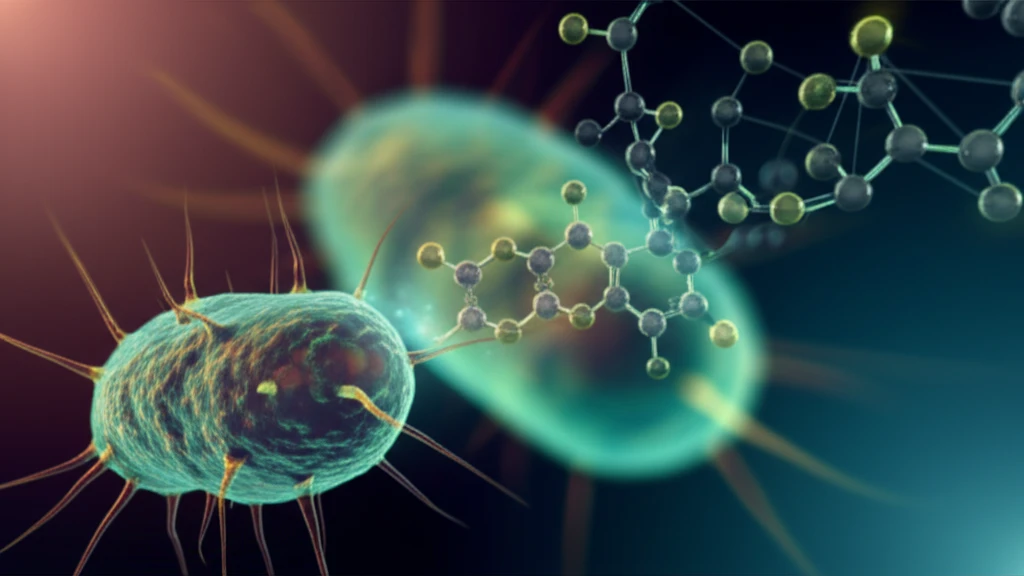
Leishmaniasis Breakthrough: New Hope for a Neglected Disease
"Innovative computer modeling identifies potential drug candidates to combat this parasitic infection."
Leishmaniasis is a tropical disease that affects millions. Existing treatments have drawbacks, including drug resistance, toxicity and high costs. Newer and effective treatments are needed to combat this disease effectively.
Scientists are exploring new ways to target Leishmaniasis. One promising target is Inositol phosphorylceramide synthase (IPCS). This enzyme is essential for the parasite's survival. Finding drugs to block IPCS could disrupt the parasite's life cycle.
Researchers are using computer simulations to design new IPCS inhibitors. By understanding how these inhibitors interact with the enzyme, they hope to create more effective drugs.
Unlocking New Treatments with Molecular Docking and Dynamics

The team focused on coumarin derivatives. These compounds have shown potential as IPCS inhibitors. The scientists used molecular docking to predict how these molecules bind to IPCS.
- Molecular docking predicts how molecules attach to a target enzyme.
- Molecular dynamics simulations show how these interactions change over time.
- These simulations can identify promising drug candidates.
A Promising Path Forward
This research provides a starting point for new Leishmaniasis drugs. Compound 3 shows potential for further testing and development.
Further research is needed to test Compound 3 in living organisms. This will determine its effectiveness in treating Leishmaniasis infections.
By targeting IPCS, scientists hope to develop a new class of drugs to combat this disease. This could offer new hope for millions affected by Leishmaniasis.
